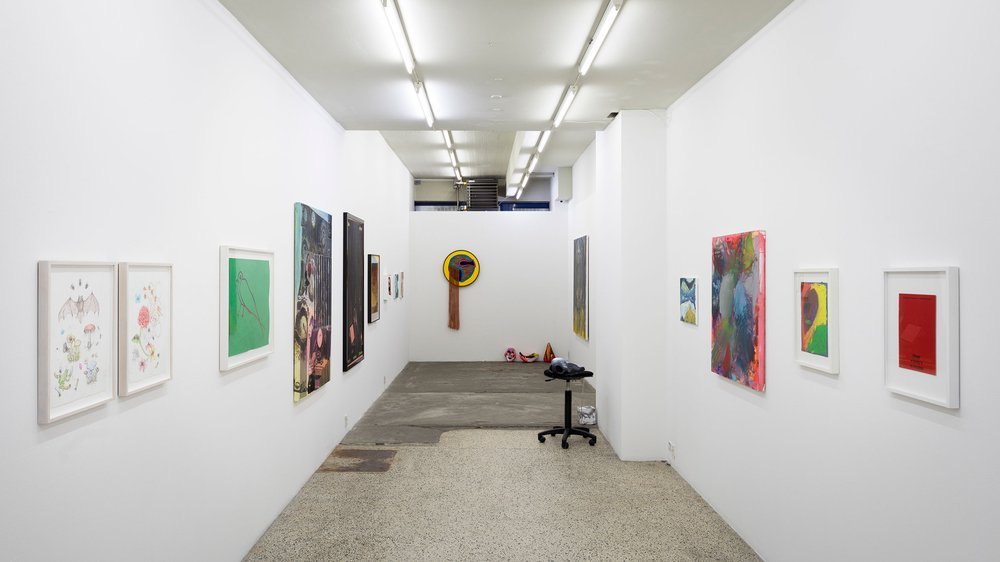Andrea Hauer speaks about sewing dissent – literally.
*Archive Article: Originally published in the digital magazine Blacklisted Copenhagen on November 6, 2018
The work of Spanish-based artist Andrea Hauer provides this rather unassuming and approachable method of displaying heavier subject matter in the guise of the inoffensive and familiar. We all interact with textile as a craft in every aspect of our lives. That which is machined – our clothes, furniture, and bedding – is entirely forgettable. That which is handcrafted is often imbued with personal meaning – like that of the crochet sweater that my mother made for my infant son.
While it’s not unusual to find atypical objects used in an installation, we rarely view textile and craft as mediums for revolutionary or influential artistic messaging, which lends subtle power to artists like Andrea Hauer, who use traditional crafting techniques to get her messages across.
The exciting thing is that when one looks back through history, there is a rich tapestry (pun intended) of revolutionaries, dissenters, and dissidents that have woven their messaging into their craft. From the secret cipher hidden in the 15th Century “Unicorn Tapestries” to the Tricolore Cockade used to denote France’s revolutionaries. From the 1970’s punks expressing resistance to a status quo through makeshift patches to a more recent example of unpaid factory workers sewing hidden messages into clothes. There are countless examples of resistance woven into our history's fabrics.
Textile craftsmanship is often a backbreaking profession held by the most marginalized and underappreciated. So in the case of Andrea Hauer, an artist, and woman who is both woke and aware of the injustices towards the marginalized, they seem a most appropriate medium for expressing resistance through an artistic form.
INTERVIEW
Tell me what first drew you to working with textile and craft mediums like fabric and thread?
As a child my grandmother taught me how to knit and sew and at school they taught me how to embroider, it was a hobby that I had for many years. I used to make my own clothes and during my college life I arranged second-hand clothes and sold them to earn some money. In college, I learned techniques and used a lot of materials but as soon as I had to choose my own medium, I went back to fabric and thread. My Final Project was made with discarded hospital bed sheets that my mother (who worked as a nurse there) collected for me. Many years passed by and when I became a mother I went back to fabric and thread, it was the perfect medium to work with a baby (no odors or toxicity) and to talk about household work.
Besides this emotional approach to the material I am interested in the fabric because it is completely malleable, it can be folded, torn, braided, joined, folded, and unfolded, it is a resistant and fragile material at the same time, just as you can cut it you can patch it, sew several at the same time; it is structure and also decoration. I find it very versatile.
Working with fabrics allows me to be self-sufficient, I do not depend on technologies beyond needle and thread.
Can you tell me how you feel the work that you selected relates to the concept of “resistance”?
These works are related to resistance from two places, one for the character of the materials used (ordinary materials, worthless, already discarded or disposable) and another from how I work with them, which is a handmade, simple, minimal way and that does not need anything more than the workforce and time. That resistance is to an ideology – an economic system – that induces us to consume, spend, use resources as if they have no limits, act fast, etc.
Do you work more broadly with the concept of “resistance” or other political issues across the rest of your work?
Yes, at the base of all my work is the concept of resistance because of the characteristics I mentioned before. In addition to that, I have some more focused work on political corruption in Spain in recent years.
With my work, I place – in an aesthetic way – a series of issues that affect us all and that should make us take a position to be aware of them and change them (or not). I would like to change the world but it’s enough for me that those who relate to my work to think about the issues that I propose and luckily, take a position.
In your opinion, what role do you think art and artists play in providing the world with examples of resistance?
I don’t know, I do not think that artists or art have to set an example of anything, in my personal case I don’t make art to save the world or tell anyone what or how to do it, rather I understand my work as a dialogue with another (spectator) where I don’t have very clear what I think until the artwork is done, in this sense I think of art as a reflection, which can lead to a certain type of action as it can not. I think that resistance is not an individual or private matter, it is a front that must be common and our task as artists is to indicate the need for bridges and help build them.







